Optimal Miner Allocation Scheme for Sub-metaverses: From Multi-knapsack Problem Perspective
-
摘要: 元宇宙是一种新型互联网社会生态,旨在促进用户交流、提供虚拟服务和数字资产交易。区块链作为元宇宙的底层技术,支持非同质化通证(NFT)等数字资产在元宇宙内流通。然而,随着共识节点的增加,数字资产的交易共识效率会降低。因此,该文设计了基于边缘计算和跨链技术的多子元宇宙数字资产交易管理框架,首先,利用跨链技术将多个子元宇宙连接成多子元宇宙系统;其次,将边缘设备以矿工的身份分配到各个子元宇宙中,并利用其空闲的计算资源来提高数字资产交易的效率;此外,将边缘设备分配问题建模为一个多背包问题,并设计了一套矿工选择方案。针对环境动态变化的分配问题,采用深度强化学习中的近端策略优化(DRL-PPO)算法,有效解决多子元宇宙中子元宇宙的矿工分配问题。仿真结果验证了所提方法的有效性,能够以安全、高效和灵活的方式实现跨链NFT交易和子元宇宙管理。Abstract: Metaverses is a new type of internet social ecosystem that promotes user interaction, provides virtual services, and enables digital asset transactions. Blockchain, as the underlying technology of metaverses, supports the circulation of digital assets such as Non-Fungible Token (NFT) within the metaverse. However, the increase in consensus nodes can decrease the consensus efficiency of digital asset transactions. Therefore, a multi-metaverse digital assets transaction management framework based on edge computing and cross-chain technology is proposed. Firstly, cross-chain technology is utilized to connect multiple sub-metaverses into a multi sub-metaverse system. Secondly, edge devices are allocated as miners in various sub-metaverses, contributing idle computational resources to enhance the efficiency of digital asset transactions. Additionally, the paper models the edge device allocation problem as a multi-knapsack problem and designs a miner selection approach. To address the dynamic allocation problem caused by environmental changes, the Deep Reinforcement Learning Proximal Policy Optimization (DRL-PPO) algorithm from deep reinforcement learning is employed. Simulation results demonstrate the effectiveness of the proposed scheme in achieving secure, efficient, and flexible cross-chain NFT transactions and sub-metaverse management.
-
Key words:
- Metaverse /
- Blockchain /
- Multi-knapsacks problem /
- Deep Reinforcement Learning (DRL)
-
1 基于DRL-PPO的子元宇宙矿工分配求解算法
输入:子元宇宙与矿工相关参数,初始策略参数${\theta _0}$,价值函数参数$ {\phi _0} $, DRL-PPO-Clip 超参数 $ \varepsilon $, 迭代次数$K$,每轮迭代步数$T = n$。 for $e = 0$ to $K$ do: 1 根据策略${\pi _{{e}}} = \pi ({\theta _{{e}}})$收集轨迹集合 ${\mathcal{D}_{{e}}} = {\lambda _i}$。 2 基于式(13)计算估计收益值$\widehat {{R_t}}$。 3 基于价值函数$ {V_{{\phi _e}}} $计算优势估计${\hat A_t}$。 4 通过最大化DRL-PPO-Clip目标来更新策略网络参数。 5 $ {\theta }_{e+1}=\text{arg}\underset{\theta }{\text{max}}{\widehat{E}}_{t}\left[\mathrm{min}\left({r}_{t}(\theta )\widehat{{A}_{t}},g\left(\varepsilon ,{r}_{t}(\theta )\right)\widehat{{A}_{t}}\right)\right] $ 6 通过均方误差回归来更新价值函数参数。 7 $ {\phi _{e + 1}} = {\text{arg}}\mathop {{\text{min}}}\limits_\phi \frac{1}{{|{\mathcal{D}_e}|T}}\sum\limits_{\tau \in {\mathcal{D}_e}} {\sum\limits_{t = 0}^T {{{({V_\phi }({S_t}) - \widehat {{R_t}})}^2}} } $。 结束 表 1 实验基础系数设置
参数 设置值 区块大小 $b$
平均信道容量 $\delta $
${k_1},{k_2},{w_1},{w_2},p,g$
DRL-PPO超参数 $ \varepsilon $100 kB
100 bps
0.5, 0.5, 0.5, 0.5, 2, 50
0.2 -
[1] WANG Hang, NING Huansheng, LIN Yujia, et al. A survey on the metaverse: The state-of-the-art, technologies, applications, and challenges[J]. IEEE Internet of Things Journal, 2023, 10(16): 14671–14688. doi: 10.1109/JIOT.2023.3278329. [2] LIN Yijing, DU Hongyang, NIYATO D, et al. Blockchain-aided secure semantic communication for AI-generated content in metaverse[J]. IEEE Open Journal of the Computer Society, 2023, 4: 72–83. doi: 10.1109/OJCS.2023.3260732. [3] CAO Bin, WANG Zixin, ZHANG Long, et al. Blockchain systems, technologies, and applications: A methodology perspective[J]. IEEE Communications Surveys & Tutorials, 2023, 25(1): 353–385. doi: 10.1109/COMST.2022.3204702. [4] REHMAN W, ZAINAB H E, IMRAN J, et al. NFTs: Applications and challenges[C]. The 22nd International Arab Conference on Information Technology (ACIT), Muscat, Oman, 2021: 1–7. doi: 10.1109/ACIT53391.2021.9677260. [5] WEN Jinbo, LIU Xiaojun, XIONG Zehui, et al. Optimal block propagation and incentive mechanism for blockchain networks in 6g[C]. 2022 IEEE International Conference on Trust, Security and Privacy in Computing and Communications (TrustCom), Wuhan, China, 2022: 369–374. doi: 10.1109/TrustCom56396.2022.00058. [6] ZHENG Zibin, XIE Shaoan, DAI Hongning, et al. Blockchain challenges and opportunities: A survey[J]. International Journal of Web and Grid Services, 2018, 14(4): 352–375. doi: 10.1504/IJWGS.2018.095647. [7] YANG Qinglin, ZHAO Yetong, HUANG Huawei, et al. Fusing blockchain and AI with metaverse: A survey[J]. IEEE Open Journal of the Computer Society, 2022, 3: 122–136. doi: 10.1109/OJCS.2022.3188249. [8] KANG Jiawen, HE Jiayi, DU Hongyang, et al. Adversarial attacks and defenses for semantic communication in vehicular metaverses[J]. IEEE Wireless Communications, 2023, 30(4): 48–55. doi: 10.1109/MWC.004.2200617. [9] KANG Jiawen, WEN Jinbo, YE Dongdong, et al. Blockchain-empowered federated learning for healthcare metaverses: User-centric incentive mechanism with optimal data freshness[J]. IEEE Transactions on Cognitive Communications and Networking, 2024, 10(1): 348–362. doi: 10.1109/TCCN.2023.3316643. [10] NGUYEN C T, HOANG D T, NGUYEN D N, et al. MetaChain: A novel blockchain-based framework for metaverse applications[C]. 2022 IEEE 95th Vehicular Technology Conference, Helsinki, Finland, 2022: 1–5. doi: 10.1109/VTC2022-Spring54318.2022.9860983. [11] JIANG Zexun, ZHA Cong, LI Xinyi, et al. A cross-chain framework for industry collaboration and transaction[C]. 2022 IEEE Smartworld, Ubiquitous Intelligence & Computing, Scalable Computing & Communications, Digital Twin, Privacy Computing, Metaverse, Autonomous & Trusted Vehicles (SmartWorld/UIC/ScalCom/DigitalTwin/PriComp/Meta), Haikou, China, 2022: 2436–2443. doi: 10.1109/SmartWorld-UIC-ATC-ScalCom-DigitalTwin-PriComp-Metaverse56740.2022.00341. [12] REN Yongjun, LV Zhiying, XIONG N N, et al. HCNCT: A cross-chain interaction scheme for the blockchain-based metaverse[J]. ACM Transactions on Multimedia Computing, Communications, and Applications, 2024, 20(7): 188. doi: 10.1145/3594542. [13] WOOD G. POLKDOT: Vision for a heterogeneous multi-chain framework[EB/OL]. https://assets.polkadot.network/Polkadot-whitepaper.pdf, 2022. [14] LUONG N C, HOANG D T, GONG Shimin, et al. Applications of deep reinforcement learning in communications and networking: A survey[J]. IEEE Communications Surveys & Tutorials, 2019, 21(4): 3133–3174. doi: 10.1109/COMST.2019.2916583. [15] GU Jinlei, WANG Jiacun, GUO Xiwang, et al. A metaverse-based teaching building evacuation training system with deep reinforcement learning[J]. IEEE Transactions on Systems, Man, and Cybernetics: Systems, 2023, 53(4): 2209–2219. doi: 10.1109/TSMC.2022.3231299. [16] WANG Zhilin, HUT Q, XU Minghui, et al. Blockchain-based edge resource sharing for metaverse[C]. 2022 IEEE 19th International Conference on Mobile Ad Hoc and Smart Systems (MASS), Denver, USA, 2022: 620–626. doi: 10.1109/MASS56207.2022.00092. [17] LIU Weikang, CAO Bin, and PENG Mugen. Blockchain based offloading strategy: Incentive, effectiveness and security[J]. IEEE Journal on Selected Areas in Communications, 2022, 40(12): 3533–3546. doi: 10.1109/JSAC.2022.3213324. [18] CAO Mingrui, ZHANG Long, and CAO Bin. Toward on-device federated learning: A direct acyclic graph-based blockchain approach[J]. IEEE Transactions on Neural Networks and Learning Systems, 2023, 34(4): 2028–2042. doi: 10.1109/TNNLS.2021.3105810. [19] OU Wei, HUANG Shiying, ZHENG Jingjing, et al. An overview on cross-chain: Mechanism, platforms, challenges and advances[J]. Computer Networks, 2022, 218: 109378. doi: 10.1016/j.comnet.2022.109378. [20] LIN Shaofeng, KONG Yihan, and NIE Shaotao. Overview of block chain cross chain technology[C]. 2021 13th International Conference on Measuring Technology and Mechatronics Automation (ICMTMA), Beihai, China, 2021: 357–360. doi: 10.1109/ICMTMA52658.2021.00083. [21] PRADANA I G M T, DJATNA T, and HERMADI I. Blockchain modeling for traceability information system in supply chain of coffee agroindustry[C]. 2020 International Conference on Advanced Computer Science and Information Systems (ICACSIS), Depok, Indonesia, 2020: 217–224. doi: 10.1109/ICACSIS51025.2020.9263214. [22] LIU Xiaojun, WANG Wenbo, NIYATO D, et al. Evolutionary game for mining pool selection in blockchain networks[J]. IEEE Wireless Communications Letters, 2018, 7(5): 760–763. doi: 10.1109/LWC.2018.2820009. [23] KANG Jiawen, XIONG Zehui, NIYATO D, et al. Incentivizing consensus propagation in proof-of-stake based consortium blockchain networks[J]. IEEE Wireless Communications Letters, 2019, 8(1): 157–160. doi: 10.1109/LWC.2018.2864758. [24] ZHANG Junwei, ZHANG Zhenghao, HAN Shuai, et al. Proximal policy optimization via enhanced exploration efficiency[J]. Information Sciences, 2022, 609: 750–765. doi: 10.1016/j.ins.2022.07.111. [25] ZHAN Yufeng, LI Peng, QU Zhihao, et al. A learning-based incentive mechanism for federated learning[J]. IEEE Internet of Things Journal, 2020, 7(7): 6360–6368. doi: 10.1109/JIOT.2020.2967772. -





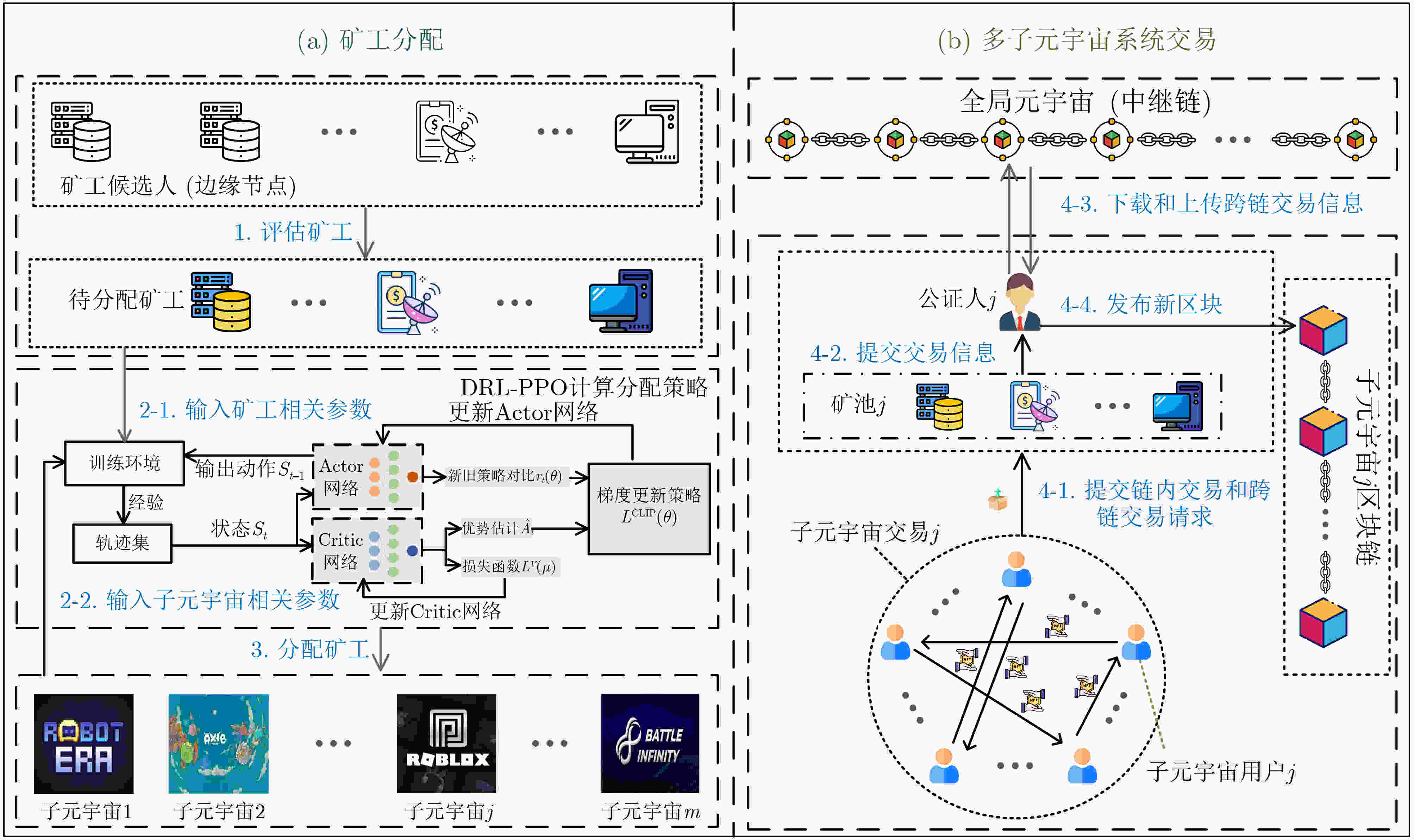
 下载:
下载:
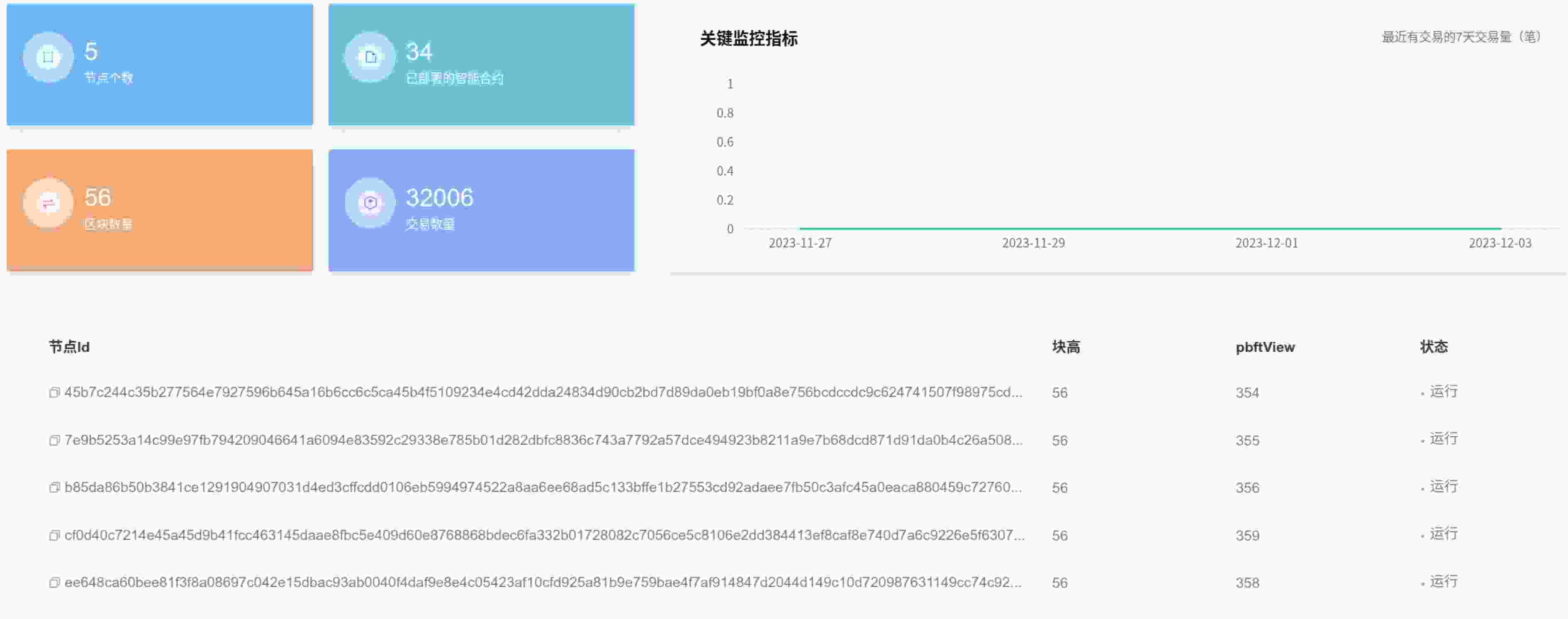
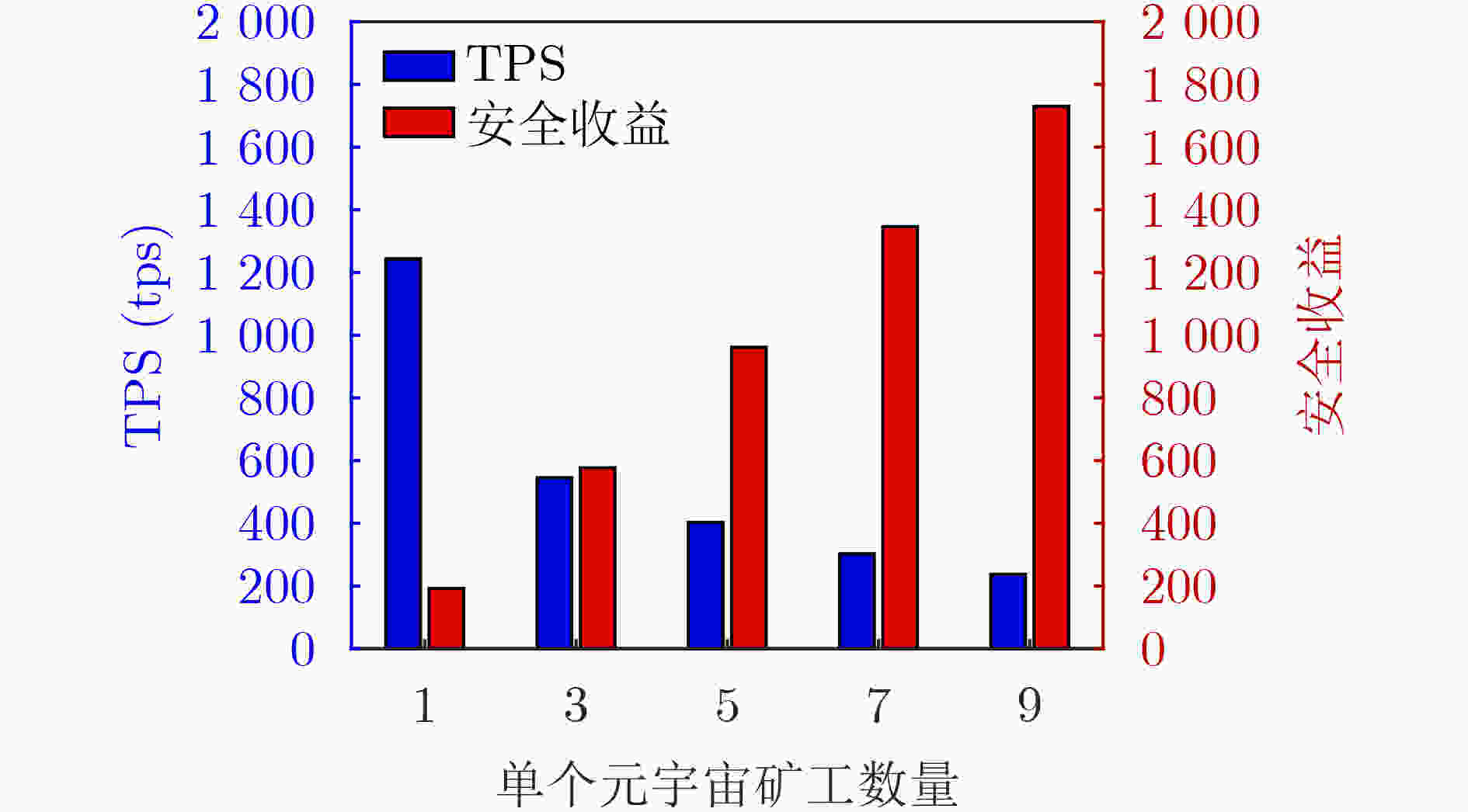
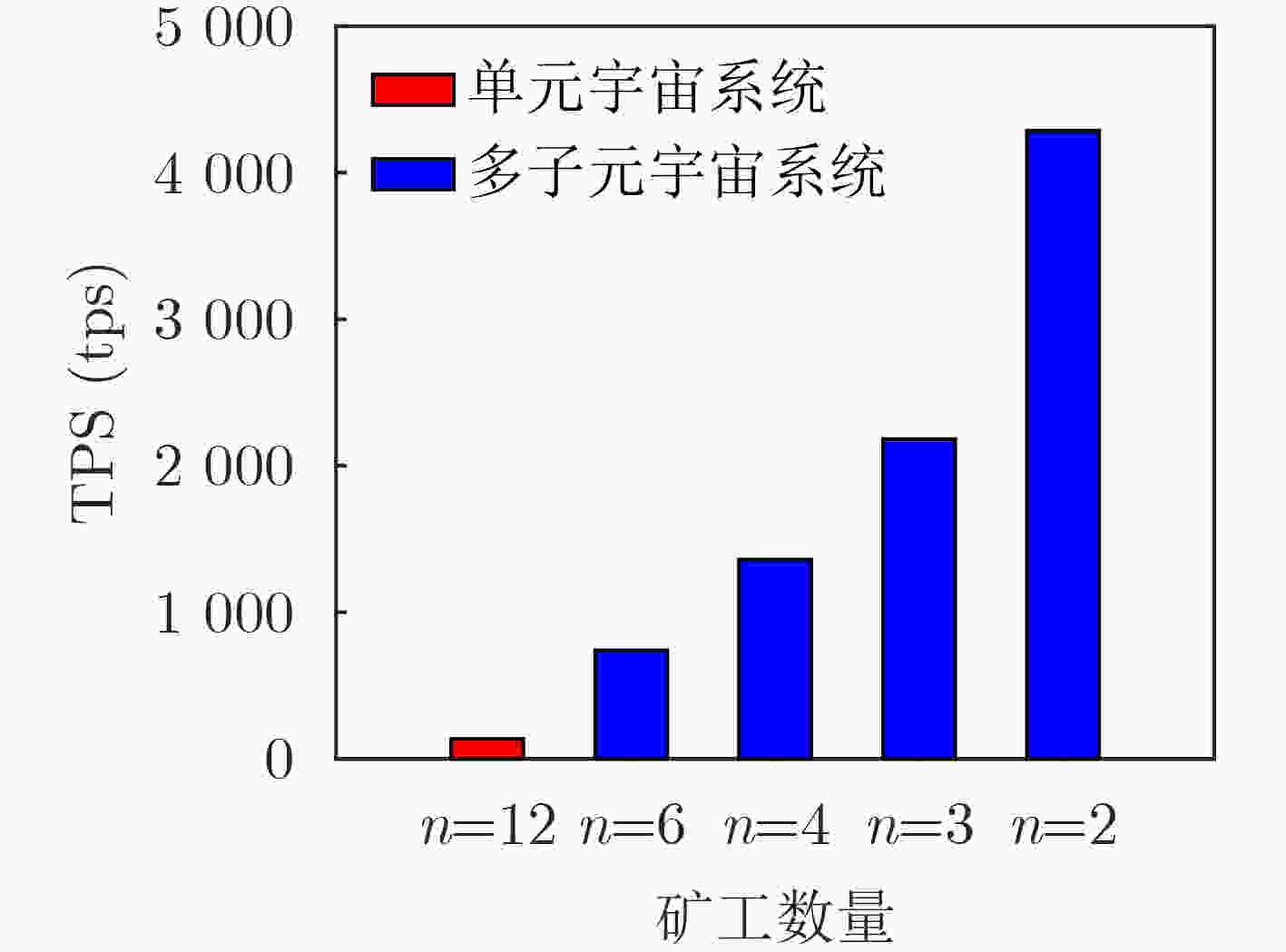

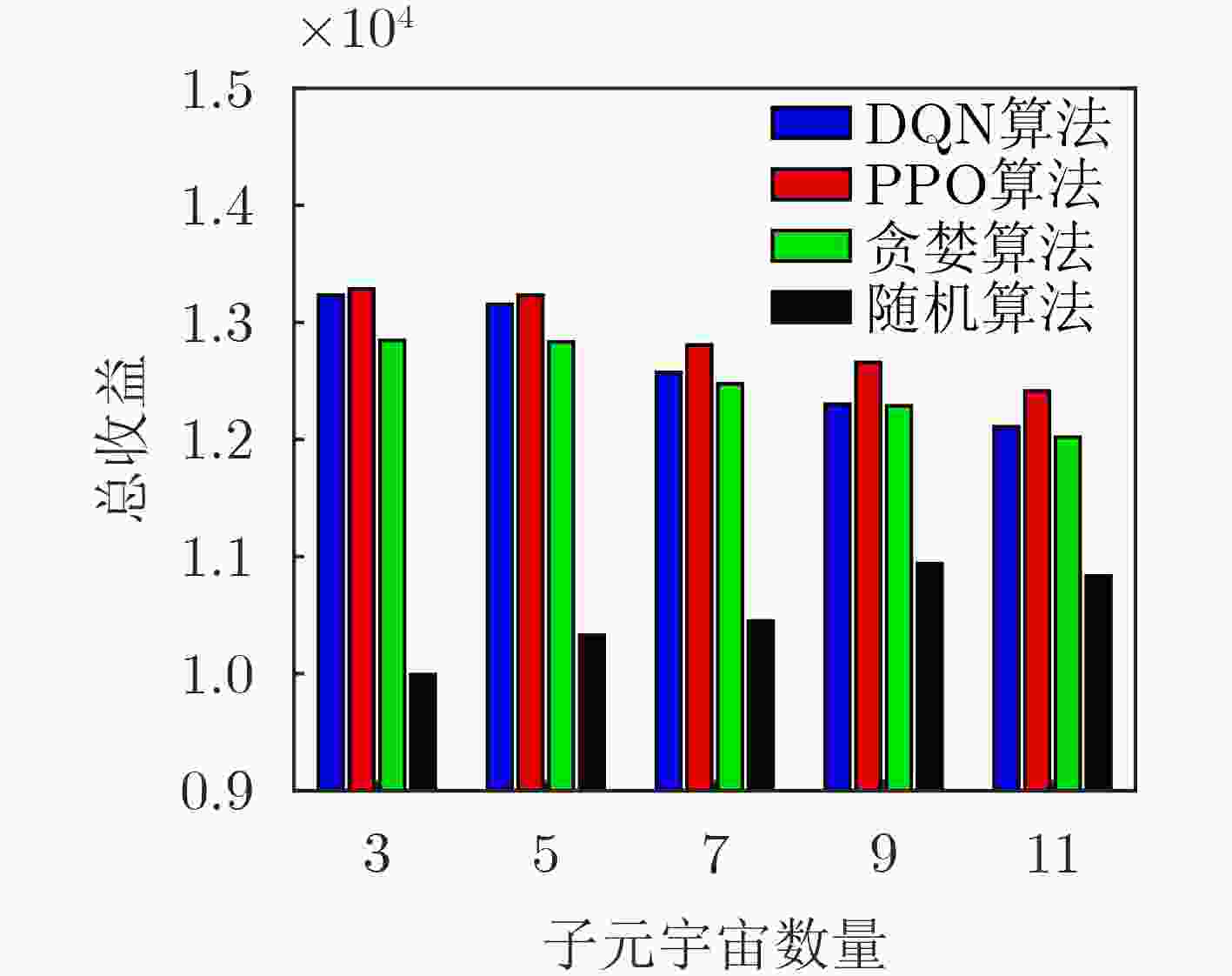
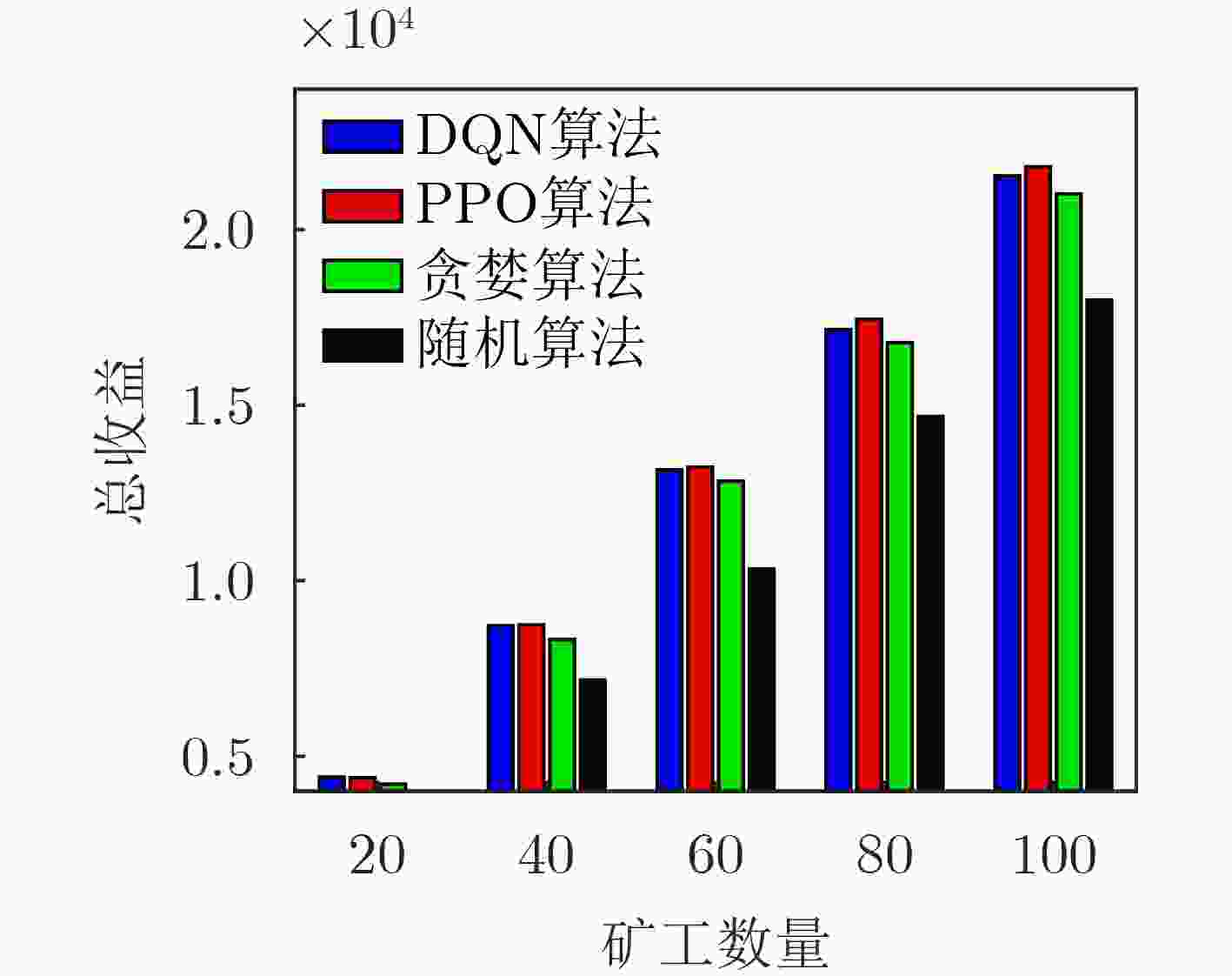
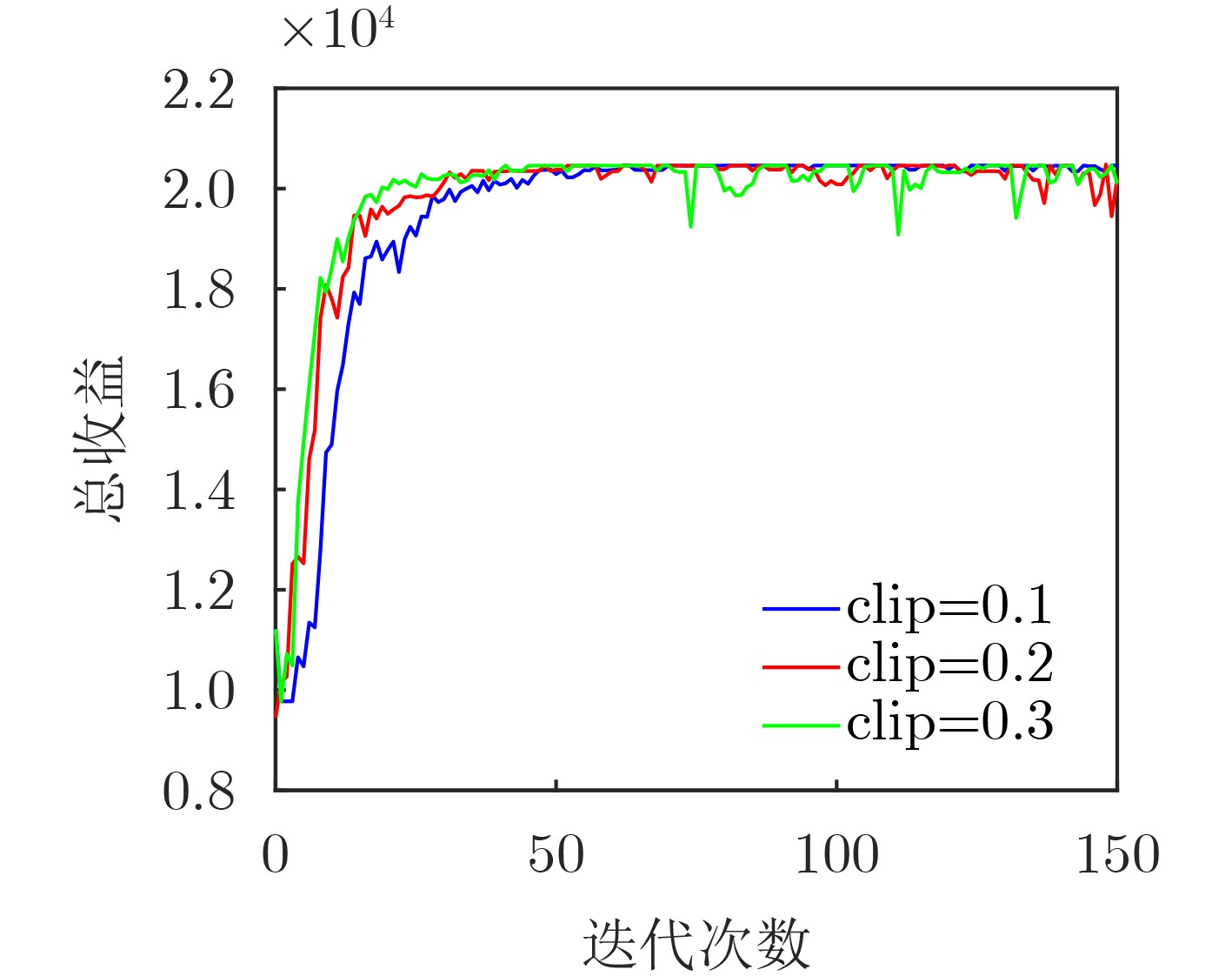


 下载:
下载:
